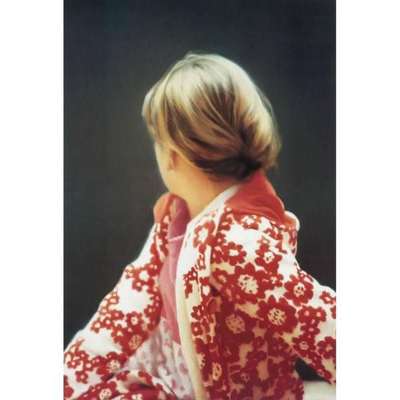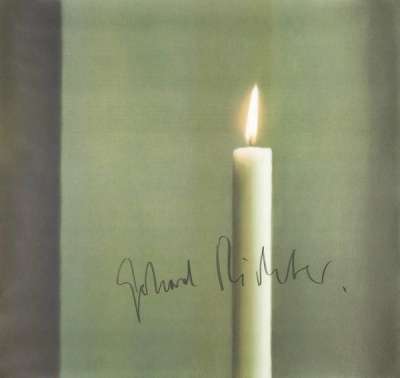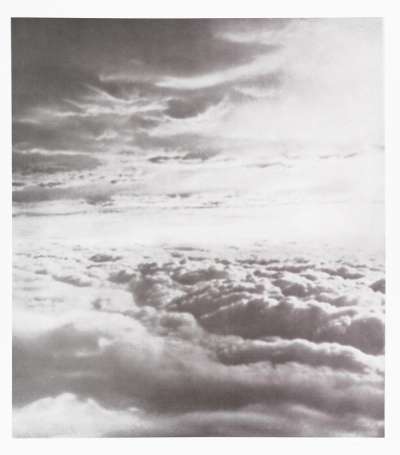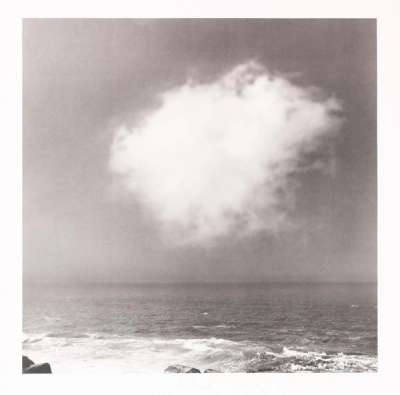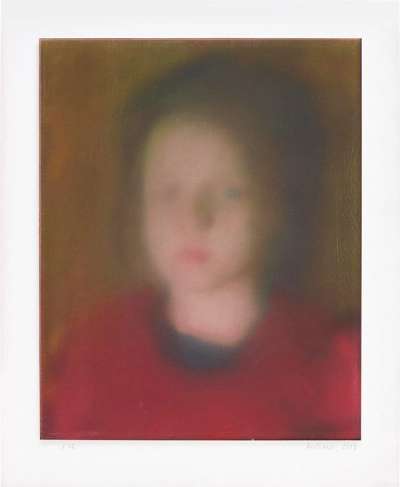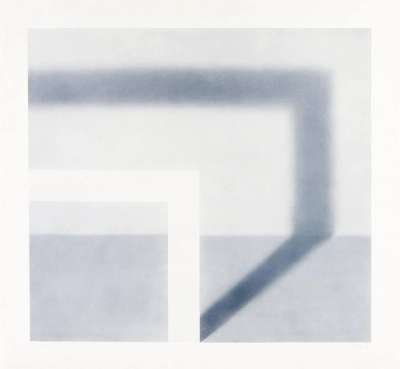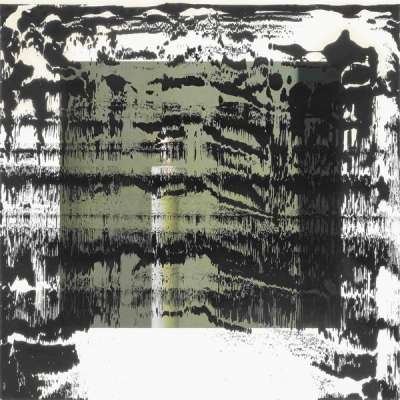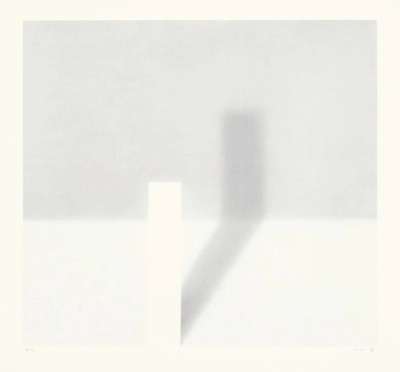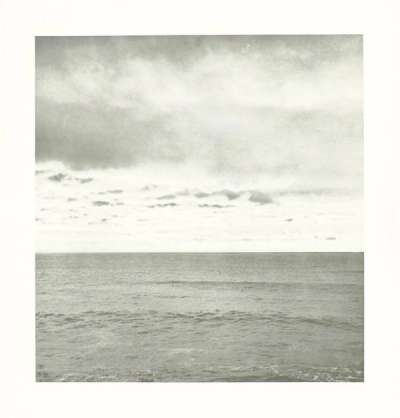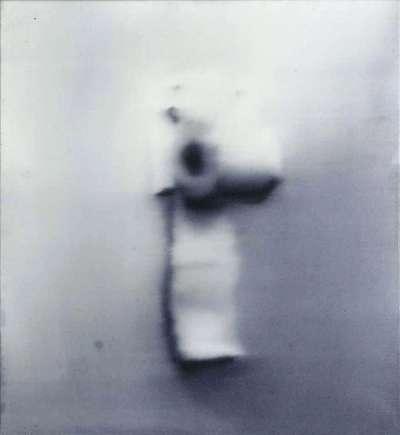
Seestück II

Seestück II
Signed Print
Gerhard Richter
Price data unavailable
AAGR (5 years) This estimate blends recent public auction records with our own private sale data and network demand.
There aren't enough data points on this work for a comprehensive result. Please speak to a specialist by making an enquiry.
Medium: Lithograph
Edition size: 100
Year: 1970
Size: H 60cm x W 45cm
Signed: Yes
Format: Signed Print
TradingFloor
Track this artwork in realtime
Watch artwork, manage valuations, track your portfolio and return against your collection
Track auction value trend
Auction Results
| Auction Date | Auction House | Location | Hammer Price | Return to Seller | Buyer Paid |
|---|---|---|---|---|---|
| Lempertz, Cologne | Germany | ||||
| December 2020 | Phillips London | United Kingdom | |||
| December 2020 | Phillips London | United Kingdom | |||
| June 2019 | Rotherbaum Auktion House | Germany | |||
| June 2019 | Karl & Faber | Germany | |||
| November 2018 | Wright | United States | |||
| June 2018 | Ketterer Kunst Hamburg | Germany |
Meaning & Analysis
As its German-language title suggests, Seestück II is a vivid, photorealist evocation of a seascape scene by acclaimed German artist, Gerhard Richter. The signed lithographic print was issued in a limited edition of 100 in 1970 and is part of the artist’s Atlas series.
Much like Seestück I (1969), Seestück II (1970) is concerned with a recurring interest of modern and contemporary art: the natural landscape. Unlike its painterly cousin, however, this photographic work references the beginnings of Richter’s programmatic artistic process, rather than its end result. A constituent part of the artist’s so-called ‘Atlas’ - an immense collection of found imagery, newspaper cuttings, and personal photographs, this print speaks to the imagistic depth of the German painter’s practice, both on a practical and conceptual level. Depicting the red, stormy sky off the coast of the Canary Islands, as well as the deep blue sea swell brewing beneath its horizon line, Seestück II is a harbinger of Richter’s decision, in 1975, to abandon manual print making as a preparation for his paintings, and start painting purely from photographs. As such, this work foreshadows the eventual impact of such well-known photorealist works as Betty (1991) and Ella (2007), itself based on the photograph Ella (2014).
Richter’s ‘Atlas’ is indebted to the work of art historians Aby Warburg and Erwin Panofsky. Born in the 19th century, Warburg was the chief innovator of ‘iconology’ - the study of imagery and its symbolism and interpretation. Panofsky, a German-born art historian who later fled Nazism and settled in the United States, was responsible for major developments in iconology after Warburg’s death in 1929. At the heart of the discipline was Warburg’s Mnemosyne Atlas: a collection of over 1000 images pinned to 40 individual panels and taken from magazines, books, and newspapers. Thematically arranged, the Atlas was designed to chart historical change in the symbolism of art. Richter, who began to compile his own Atlas in the 1960s, uses his Atlas in much the same way, placing particular emphasis on the memorial legacy of Nazism and the Holocaust.
Hailing from Germany, Gerhard Richter has not been confined to one visual style. A testament to versatility and artistic diversity, Richter's work spans from photorealism to abstraction and conceptual art, and his portfolio is rich in varied media. From creating bold canvases to working on glass to distort the lines between wall-based art and sculpture, Richter has honed in on the blur technique to impart an ambiguity on his creations. To this day, Richter is one of the most recognised artists of the 20th century with his art having been presented in exhibitions worldwide. His global impact underscores his legacy as a trailblazer of artistic exploration.
